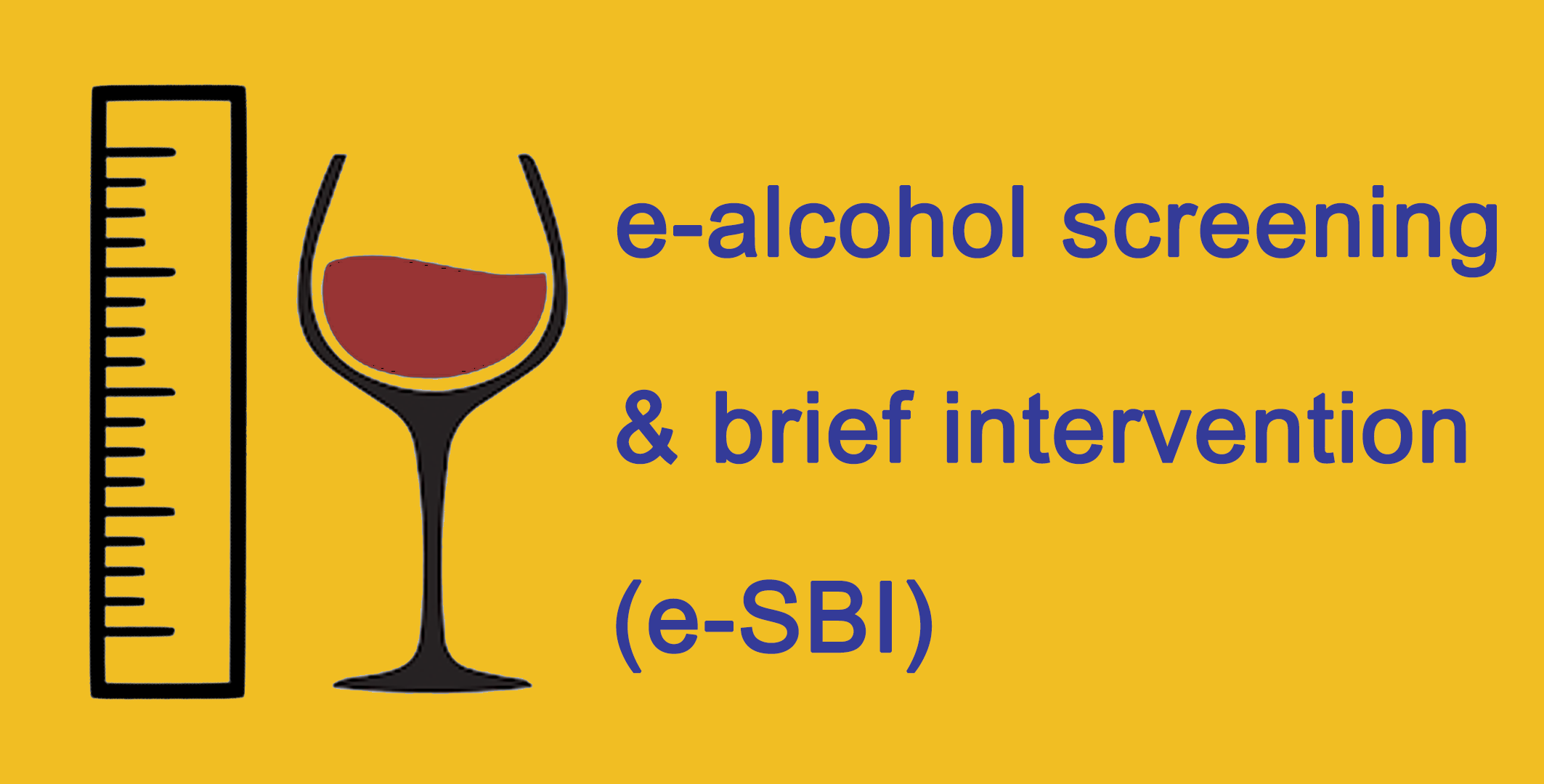Selected Examples
 Since different brands and types of beverages vary in their actual alcohol content and drink volume, the number of "alcohol unit" of different alcoholic beverage can vary a lot.
Since different brands and types of beverages vary in their actual alcohol content and drink volume, the number of "alcohol unit" of different alcoholic beverage can vary a lot.
The table below provides the number of "alcohol unit" in selected types of alcoholic beverages by 100ml and by container volume.
| Type | Alcohol content * | Volume per container or per usual serving | Number of "alcohol unit" * | |
| Per container | Per 100ml | |||
| Shandy | 0.5% | 330ml (can) | 0.1 | 0.04 |
| Beer | 5% | 330ml (small can) | 1 | 0.4 |
| 500ml (king can) | 2 | |||
| 330ml (small bottle) | 1 | |||
| 640ml (large bottle) | 3 | |||
| Cider | 5% | 275ml (small bottle) | 1 | 0.4 |
| Red wine / White wine | 12% (11%-15%) |
125ml (small glass) | 1 (1-2) |
1 (1-2) |
| 750ml (bottle) | 7 (7-9) |
|||
| Champagne / Sparkling | 12% | 125ml (small glass) | 1 | 1 |
| 750ml (bottle) | 7 | |||
| Fortified Wine (Sherry / Port) |
15%-20% | 125ml (small glass) | 2 | 2 |
| Spirits (Whisky / Vodka / Gin / Rum / Tequila / Brandy) |
40% (35%-57%) |
30ml (pub measure) | 1 | 3 (3-5) |
| Plum wine | 15% | 300ml (small bottle) | 4 | 1 |
| Sake | 16% | 300ml (small bottle) | 4 | 1 |
| Hua Diao Jiu | 18% | approx. 50ml (1 tael) | 1 | 1 |
| 250ml (water glass) | 4 | |||
| Glutinous Rice Wine | 18% | approx. 50ml (1 tael) | 1 | 1 |
| 250ml (water glass) | 6 | |||
| Shuang Zheng Jiu | 30% | approx. 50ml (1 tael) | 1 | 2 |
| 250ml (water glass) | 6 | |||
| San Zheng Jiu | 38% | approx. 50ml (1 tael) | 2 | 3 |
| 250ml (water glass) | 8 | |||
| Chinese spirits (Baijiu) | 52% (38%-67%) |
approx. 50ml (1 tael) | 2 (2-3) |
4 (3-5) |
| 250ml (water glass) | 10 (8-13) |
|||
Remark: *These values are approximate only.
If you do not drink at all, do not start drinking.
If you choose to drink alcoholic beverages, limit your drink to minimise alcohol-related harm.






































